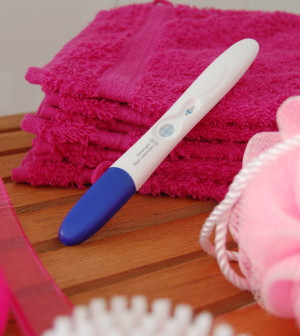Don't Miss
- Double Mastectomy May Offer No Survival Benefit to Women With Breast Cancer
- Toxic Lead Found in Cinnamon Product, FDA Says
- Certain Abbott Blood Sugar Monitors May Give Incorrect Readings
- Athletes Can Expect High Ozone, Pollen Counts for Paris Olympics
- Fake Oxycontin Pills Widespread and Potentially Deadly: Report
- Shingles Vaccine Could Lower Dementia Risk
- Your Odds for Accidental Gun Death Rise Greatly in Certain States
- Kids From Poorer Families Less Likely to Survive Cancer
- Tough Workouts Won’t Trigger Cardiac Arrest in Folks With Long QT Syndrome
- At-Home Colon Cancer Test Can Save Lives
Health Tip: Spot the Signs of ‘Lazy Eye’
By LadyLively on September 16, 2013


Lazy eye (amblyopia) means one eye is weaker than the other. Unless one of the eyes is aligned abnormally or there is some other visual evidence, parents may not be aware that their child is affected.
The American Academy of Ophthalmology says symptoms of lazy eye may include:
- Generally poor vision, or vision that is particularly poor in one eye.
- Making adjustments to see, such as by tilting the head, squinting or closing one eye.
- Having poor depth perception.
- Having an eye that wanders inward or outward.
- Having headaches.
Source: HealthDay
Copyright © 2024 HealthDay. All rights reserved.










